Rucksacks
A rucksack is a basic piece of equipment for short or long journeys. Satisfied travelling depends on the quality of the rucksack and the skill to pack it. The rucksack is the necessary helper in everyday use and during several days of travelling. During these journeys it is one of the key aids; therefore it is necessary to devote time to choosing the correct one. Rucksacks can be divided into several groups. The division is made mainly according to the size (number of litres) and purpose of use. The number of litres is not the most important factor, because essential things for long trips can even be put into a small rucksack.
Division of rucksacks according to purpose:
Expedition -mainly rucksacks of a big volume for demanding condition. The volume is from 80 to 120 litres. When fully loaded, larger rucksacks are uncomfortable and difficult to carry. They usually have one large chamber that opens at the top.
Touristic – rucksacks from 60 to 80 litres. They are made in one chamber or two chamber variation. The filling is from the top or from the side
Skiing, ski-alpinism, snowboarding, mountaineering – rucksacks from 30 to 50 litres, which are mainly one chamber with the carrying system for skis or snowboard and have pockets for an avalanche set (a spade and an avalanche pole). They have different loops for fixing an ice axe or rope. Accesing the rucksack is from the top or through zips. From a safety point of view, it is better if the rucksack is brightly coloured (orange, green, etc.)
Day packs - rucksacks for one day trips usually have 30 litres of volume. You can comfortable carry a snack, drink, jacket, etc.
Cycle-bags - are specially constructed to allow air ventilation between the rucksack and your back. They usually have a space for a camel bag (for water).
Town - rucksacks for everyday use with a volume around 20 litres. They are adjusted so that they have space for a laptop or other things for everyday use (pens, a wallet, keys, etc.)
Kids every child wants to look like his/her mum or dad. Kids´ rucksacks are just smaller variations of adult rucksacks or are shaped like popular animals.
Rucksack parts
Self carrying system
Shoulder straps – the most important part of the system, which makes carrying comfortable. It is important to make sure that when loaded; the shoulder straps do not loosen themselves as this will cause discomfort. Rucksacks also have balance straps, which draw the rucksack to shoulder straps.
Waist belt – the second part of the carrying system. The waist belt needs to be long enough to be drawn tight around the waist so that it takes some weight off your shoulders. But it should be loosen easily too.
Chest strap – is placed on the shoulder straps for pulling them together for increased comfort.
Carrying systems are either adjustable (more so on larger rucksaks)or the shoulder straps are fixed. From our experience we recommend a rucksack with a simple carrying system.
Every rucksack should have compressing straps, which make the unused space smaller and stabilize the load. Touristic and ski alpinism rucksacks have to have loops for ice axes and poles.
Rucksacks are made with either one or two chambers. The two chamber rucksack can be changed into one chamber by unzipping the divider. The two chamber rucksacks make packing easier. It is recommended to put light things in the lower chamber, e.g. a sleeping bag, clothes, etc., the heavier things are better to put higher, in the upper chamber, e.g. food, water, stove, etc. This system of packing is good when walking or ascending. When skiing down or descending it is suitable to move heavier things down.
Rucksacks today are mainly made from synthetic material that are scratch resistant. Most rucksacks will take on water when it´s raining. Only rucksacks for water sports, which are made from solid polyethylene and have a roll closing designwill be water resistant. Many rucksacks today are fitted with their own water proof cover which can be found in small pocket on the bottom of the rucksack.
Plastic buckles are a very important part of the rucksack. They should be easily unbuttoned but should not unbutton on their own.
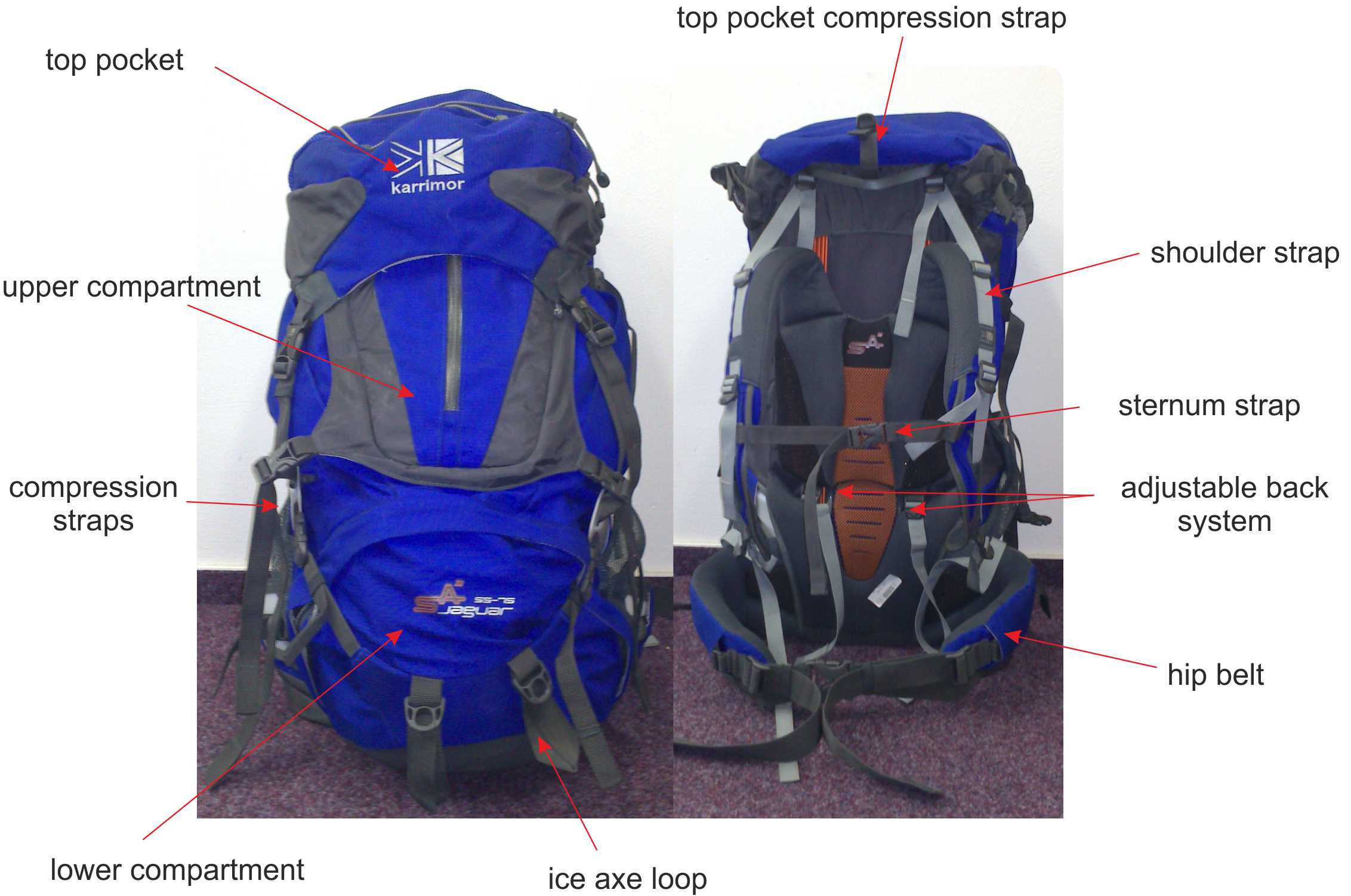
How to choose a rucksack?
Choosing a rucksack can be divided into several phases:
You need to know what you will use your rucksuck for. When you need a cycle-rucksack or town rucksack it is easy. The problem starts if you want the rucksack for everything. In this case,prefer a bag that will be appropriate most of the time.
Then you have to choose a rucksacks based on prise. You will need to decide if you want simplicity or perfection. We recommend simplicity.
When you choose the rucksack, adjust the back length, fix the waist belt and manipulate the buckles and straps. When trying the rucksack have it filled with things. Do not forget to draw the balance straps tight.
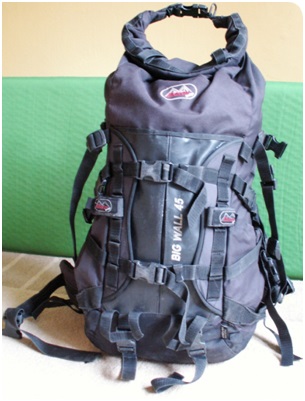 |
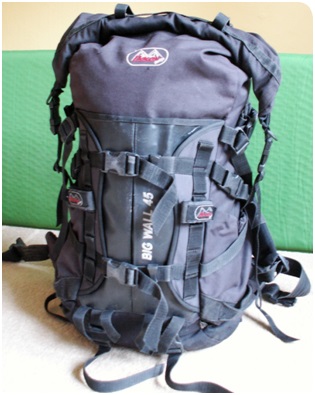 |
| Alternative way of fastening - disadvantage is loss of a rucksack volume capacity | Compact way of rucksack fastening |
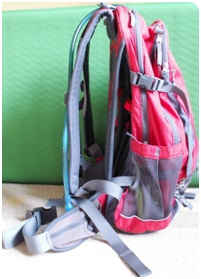 |
| Cycle bag – from the side view, a supporting system is visible for an effective ventilation |
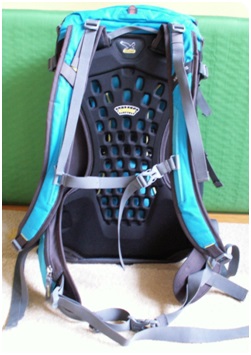 |
| Weight-supporting ventilation system |
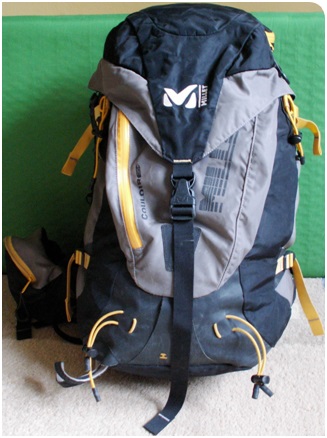 |
| Ski-mountaineering rucksack – equiped with different loops for fixing skies and ice axe |
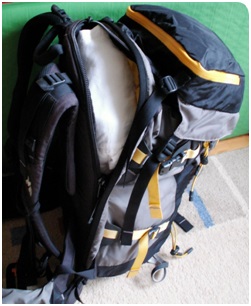 |
| Possible acces to the backpack through the back part |
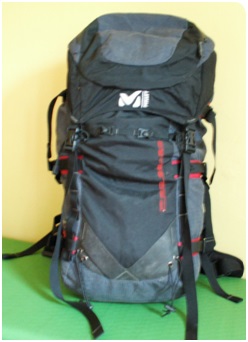 |
| Expedition backpack with extention for bigger volume |
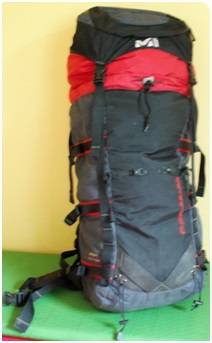 |
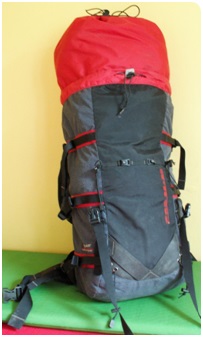 |
| Expedition backpack with with the extention for bigger volume |
